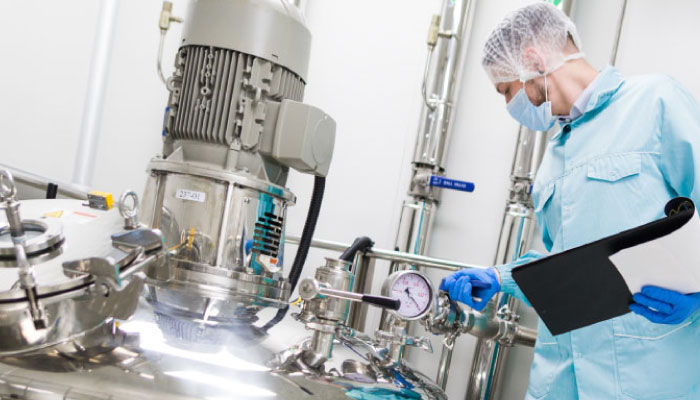Nearly a century ago, auto maker Henry Ford noticed that materials he had paid for were being tossed out as trash or vaporized in manufacturing plant smokestacks. To combat that, he put in place a plan to avoid waste whenever possible and turn what waste was produced into something he could sell.
Ford’s project eventually grew into a model for all companies to follow today: ISO 14001 and ISO 50001, explains certified quality engineer William A. Levinson in his audio conference for AudioSolutionz, “Use ISO 14001 and ISO 50001 to Enhance the Bottom Line.” Conference attendees—from quality supervisors and VPs to environmental health/safety mangers and HR managers—will learn how to: apply the standards, identify material waste, reduce environmental waste, and boost bottom lines.
After all, if waste equates to wasted money, isn’t it wise to reduce both?
“Why not view all of these environmental and social business issues—from product design through sourcing input, user groups and re-use—in the way that Ford did as an integrated problem space that requires an integrated solution?” asks a GreenBiz article titled “What Henry Ford Can Teach Us About Sustainable Innovation”.
ISO 14001: What Is It?
ISO 14001:2015 sets criteria for an environmental management system (EMS) and maps out a framework for setting up an effective environmental management system, according to the International Organization for Standardization (ISO). Benefits, as noted in a summary statement, include:
- Competitive advantages
- Stakeholder trust
- Demonstrated compliance with current and future regulatory requirements
- Increased leadership involvement and more engaged employees
- Strategic business achievements
“ISO 14001:2015 is applicable to any organization, regardless of size, type and nature, and applies to the environmental aspects of its activities, products and services that the organization determines it can either control or influence considering a life cycle perspective,” ISO stated in an update, “Environmental Management Systems — Requirements with Guidance for Use.”
ISO 14001 Segues Into ISO 50001
ISO 14001’s cousin is ISO 50001:2011, which focuses on the energy management system pioneered by Ford. Like ISO 14001, 50001 is a voluntary certification program with both internal and external benefits. According to a Certification Europe update titled “ISO 50001:2001 Energy Management System,” those benefits include:
- Energy reduction of up to 10 percent in the first year of adherence
- Reduced greenhouse gas emissions and a smaller carbon footprint
- Improved positioning for compliance with future regulatory programs
- Improved corporate and stakeholder image
- Greater employee engagement
- Improved operational efficiencies
Manufacturers Share Success Stories
Though not as well-known as other ISO programs, plenty of companies report positive benefits from ISO 14001 and ISO 50001 certification.
German geosynthetic firm NAUE recently reported successful ISO 14001 certification.
“We are now one of the approximately 8,000 companies/organizations in Germany for which independent verification confirms that environmental concerns are observed systematically and with the necessary care,” the company wrote in its year-end update, “NAUE News.” “So not only do our products protect the environment and significantly contribute to a reduction of CO2 in comparison to conventional construction methods, but the manufacture of the products also ensures that the environmental impact is reduced to a minimum.”
Earlier this month, Israel-based 3D printer Nano Dimension received its ISO 14001 certification.
“The EMS policy we’ve implemented establishes our commitment for managing our environmental responsibility in a systematic manner, both in our operations and the impact our products and solutions have on our customers’ operations,” the company’s CEO, Amit Dror, said in a press release, “Nano Dimension Achieves Accreditation for International Quality and Environmental Standards.” “It’s an approach that extends across every process and into every aspect of our business such as materials, health and robust environmental management practices. With this certification, customers, partners and prospects can feel confident in Nano Dimension’s dedication to sustainability.”



